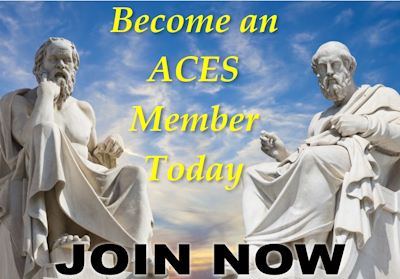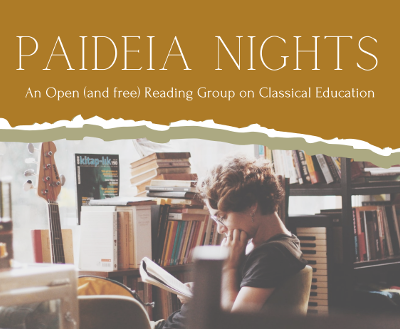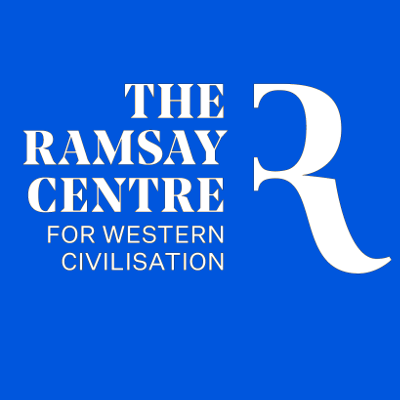James Treweeke
There is nothing stopping the schoolteacher bringing about Australia’s classical education reform at their school right now; everything they need is readily available. I recognise that this may sound like a naïve claim. You may retort my eager optimism by mentioning the curriculum constraints put in place by the Australian Curriculum or by referencing the current utilitarian culture that suffocates the modern classroom. And your concerns would be justified. Were we to try and bring about complete institutional reform the individual teacher would surely find themselves overwhelmed. However, the teacher does not need to attain such lofty goals to provide students with the genuine learning envisioned in the liberal arts. Any teacher can provide the classical education reform their students need by facilitating an afterschool liberal arts club.
An afterschool club may sound inconsequential in the greater scheme of things. However, as an alum of the Aquinas Fellowship, our school’s extracurricular liberal arts club, I can attest to the simple power of learning in community. So let us reflect on the Aquinas Fellowship and understand how it formed its members into lifelong learners prepared to pursue of Truth, Beauty, and Goodness in life beyond school.
The Aquinas Fellowship cultivated a learning culture that would lead myself and many other alums to further pursue wisdom through a Bachelor of Arts in Liberal and, for some, a Masters of Learning and Teaching. In year 12 I joined the Aquinas Fellowship. The fellowship ran from 3:15-5pm on a Monday afternoon and was made up of 10 senior students and a teacher. The format of these sessions was simple: open with our fellowship creed, read the selected text, and discuss the text together. This would take the whole afternoon as we would sit around in a circle, reading the book and stopping intermittently to discuss our questions and ideas. In addition to these afterschool sessions the fellowship also had two yearly events: the Midwinter Feast and the Kestrel Dinner (named after Iris Murdoch’s ‘unselfing’ moment of seeing a kestrel in ‘The Sovereignty of Good’). The Midwinter feast consisted of an evening in nature around a bonfire in communal contemplation. The Kestrel Dinner was the capstone event of the year where the current members went to dinner with the alumni and debated a philosophical question. These three parts of the fellowship – after school sessions, the Midwinter Feast, and the Kestrel Dinner – demonstrate the three key elements that made such an after-school club successful: community, tradition, and wonder.
A genuine sense of community is integral to any learning group. Every aspect of the fellowship reflected this. The communal creed brought every member under one banner in unison. The reading seminars were based on a communal approach to learning that valued every member. This community also brought life into the club; humour was a key part of every session. The after-school sessions were a time where friends discussed things that were True, Good, and Beautiful together. It was communal learning that made the learning real and memorable, the meetings were just as much about the people as they were the content. This emphasis on community was emphasised through the yearly events. The Midwinter Feast gave students an opportunity to spend time in beautiful nature eating food around a fire. It was a moment where students were taken out of their own individual worlds and brought to bond over questions that really matter. The Kestrel Dinner further extended this community by engaging the current members with the alumni. This further engaged students in the Aquinas Fellowship as they were initiated into the world learners who all understood the pursuit of Truth, Goodness, and Beauty to be a lifelong endeavour. This community resulted in the ability for students to be open about themselves and their thoughts and experience the joy that is fellowship.
From the outset the Aquinas Fellowship understood the importance of tradition, both its own and the larger tradition of classical education. Tradition extended the communal feeling across all history. Students engaged in tradition because it helped them understand who they were and what they were doing. When students spoke the creed, they were repeating sentiments shared by the greatest thinkers in history. The Fellowship’s mantra Veritas Liberabit Vos, the Truth shall set you free, was powerful for the students for the very reason that it was not new or novel. The mantra did not try to engage students with a unique slogan, it bolstered their learning with a universal and traditional understanding. This reminded students that they were learning the things that all humans should learn and that they were engaging in a tradition of learning. Beyond this, the Aquinas Fellowship had its own traditions in the events held. As discussed, these events brought students into fellowship with one another. However, the very tradition of these events gave students a sense of formality in their actions. Tradition reminded the students that what they were doing mattered and that they were participating in something larger than themselves.
Wonder is important for all genuine learning, so it is no surprise that it was fundamental to the Aquinas Fellowship. Having a culture of wonder was important as it was the driving force behind the conversations that the students had. The discussion of how to cultivate wonder is a big one but, in short, the teacher started with wonder for the content and imparted that to the students as they discussed it. It is also important to note that the content studied was wonderful – that which produced wonder. Great books (such as Shakespeare’s plays or Plato’s dialogues) where our primary focus, however, events like the Midwinter Feast demonstrated a different object of wonder: the beauty of nature. Just as community fuelled the interactions within the fellowship it was wonder that developed a hunger to learn more.
These reflections provide us with three questions to assess effective extracurricular liberal arts learning:
- Community – To what extent are students engaging in learning together?
- Tradition – Are students participating in the rich traditions of learning provided by classical education?
- Wonder – Is wonder driving student learning?
Using these three questions we can quite easily structure an extracurricular liberal arts club that cultivates a culture of learning. There is little needed beyond some good books, a group of somewhat interested students, and a teacher willing to introduce learners to the wonder-filled communal learning of the Liberal Arts Tradition. Any teacher who is enthusiastic about classical education has only one question left to answer: ‘What should your afterschool club be named?’






